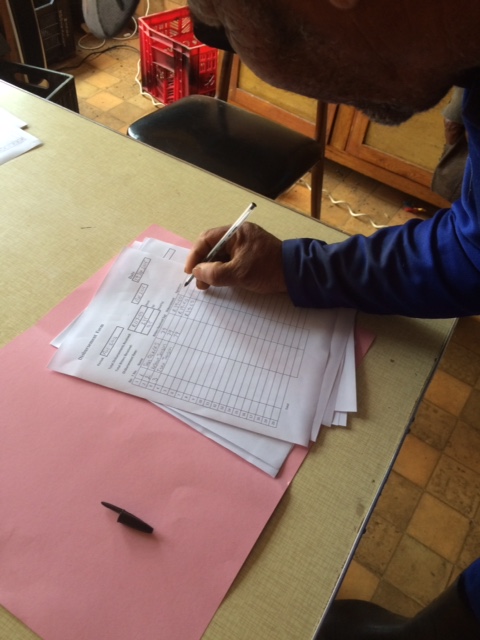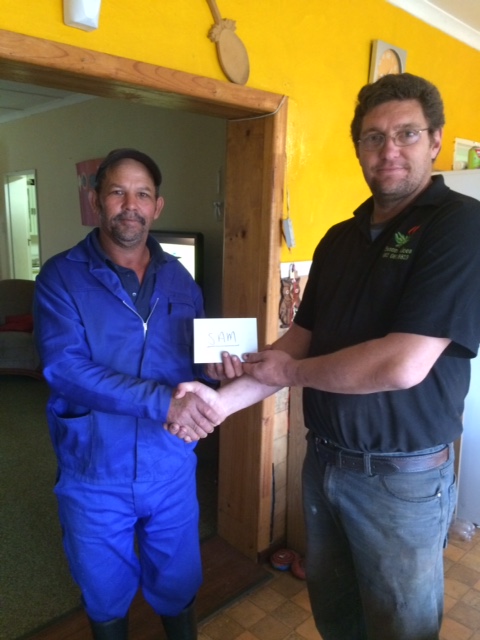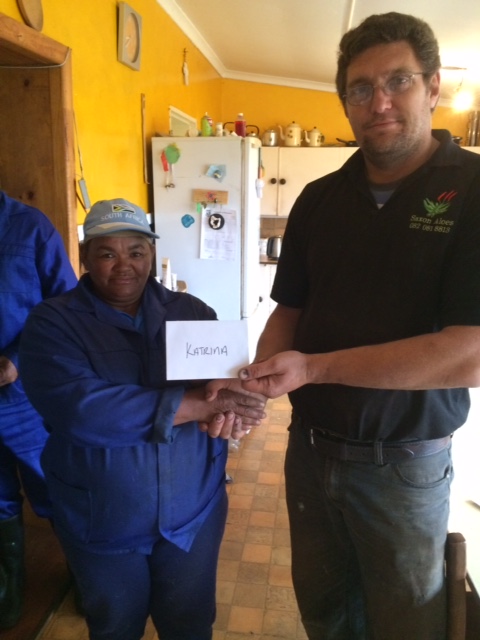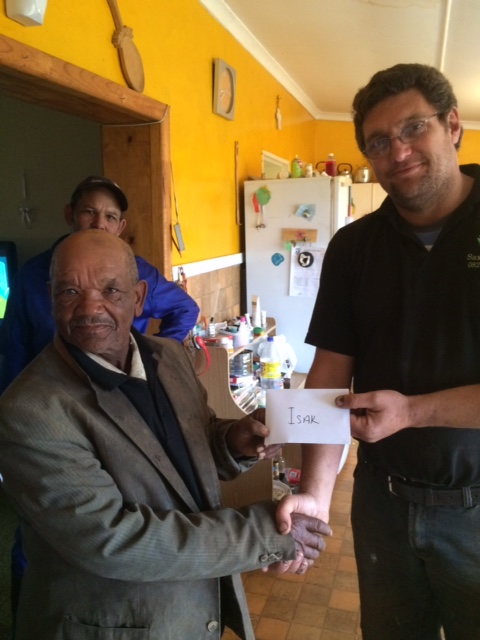Biodiversity Forum Work Sessions, 11-12 November 2015
Attending the four work sessions over past two days have left me with mixed feelings. On the whole, I like to believe, it was constructive. The attendance was low, which gave us the opportunity to engage with each other, as well as DEA, on a one-one-basis. For the most part, both industry and DEA made an effort to engage constructively to create a common understanding of the issues at hand. Of course, both DEA and industry had to make allowances in order for the debate to flow. Although, officially, there were four sessions, each with its own objective, it became clear that issues at hand are quite interrelated, and will need an holistic approach to resolve. I will post the official session notes when they become available, so, for now, here is a conceptual overview of the issues.
The first session dealt with the concept of bioprospecting and the “discovery” phase as defined in the act. The specific question was, “where / when does the discovery phase end?” The view from industry, and the proposal that will be tabled at the Forum, is that bioprospecting ends at the raw material, or maybe, at the ingredient level – but not at product level. At present, the act views cosmetic / product formulation development as bioprospecting. In other words, the act sees any new application of the biomaterial, on any level in the value chain, as bioprospecting. The view from industry is that the value chain can be divided into three distinct levels, ie, raw material; ingredients and products. Activities that relate to the use of ingredients should not be seen as bioprospecting.
At this stage one must try to understand what the act wants to achieve by including all “development” as bioprospecting. It relates to “fair and equitable benefit sharing”, which is a primary objective of the Nagoya protocol. Bioprospecting, as defined in the act, provides the regulator insight into the value (in the broad sense) that a biomaterial is unlocking – and an opportunity to facilitate benefit sharing. Industry contends that there are many alternative ways to facilitate benefit sharing that does not depend on this very onerous definition of bioprospecting.
It soon became clear that “fair and equitable benefit sharing” and how it relates to TK, (Traditional Knowledge), was the big elephant in the room. What is fair and equitable benefit sharing, and how does it relate to TK? On the one hand, there is a strong view that benefit sharing is ONY relevant if there is TK. On the other hand, there is the view that Nagoya has a “Corporate Social Responsibility” approach, which require community uplifting for all bio-value chain activities. We had an offline discussion with a legal expert in this field who, if my understanding is correct, is clear that, “No TK no benefit sharing”.
Based on the assumption of, “No TK no BS”, industry proposed that BABS be modified to clearly separate material transfer matters from benefit sharing matters. The MTA (Material Transfer Agreement) should be renamed to a Trade Agreement, which includes the standard, commercial, aspects of a supplier / customer agreement. Value created in the bio-valuechain though a series of Trade Agreements is on a “fail value” basis – driven by supply and demand forces. Where an indigenous community is involved in the value chain, they will benefit.
Industry proposed that, where, and if, TK is relevant at ANY point along the bio-value chain, BSAs (Benefit Sharing Agreements) should be put in place. BSAs aims to reward the holders for the use of their TK. It may be seen as a form of “royalty” payments for the rights to “indigenous Intellectual property”. It is important to not at this point that BSAs need not be purely based on monetary rewards and need not be negotiated on a one-on-one basis. It is at this point that BABS needs to create space for each industry to develop “best-practice” approaches to deal with TK and BS.
It was evident from the work sessions that the industries around the table are quite diverse and have unique requirements and suggestions for developing a benefit sharing regime for their respective industries. The chair of the work session on best practice was given a clear mandate to make sure that provision for industry best practice is made in the BABS regulation. (and NEMBA act if required)
This post is getting a bit long, so I will post again on permitting and on the issue of TK.
You are invited to contribute by commenting on this post, or by creating discussion threads on the forum.


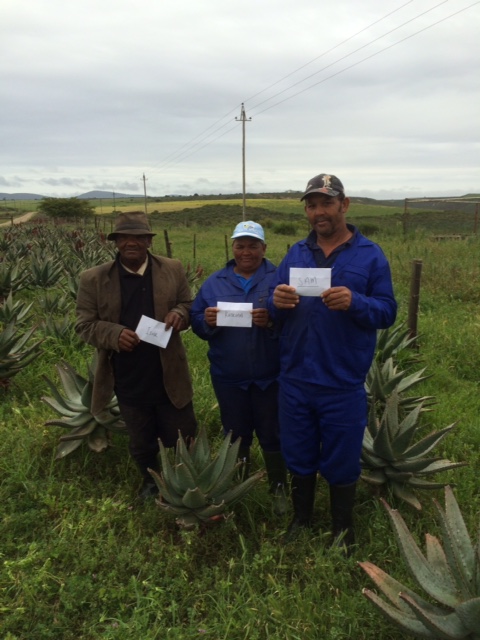 In terms of its Bioprospecting Access and Benefit Sharing (BABS) permit
In terms of its Bioprospecting Access and Benefit Sharing (BABS) permit 